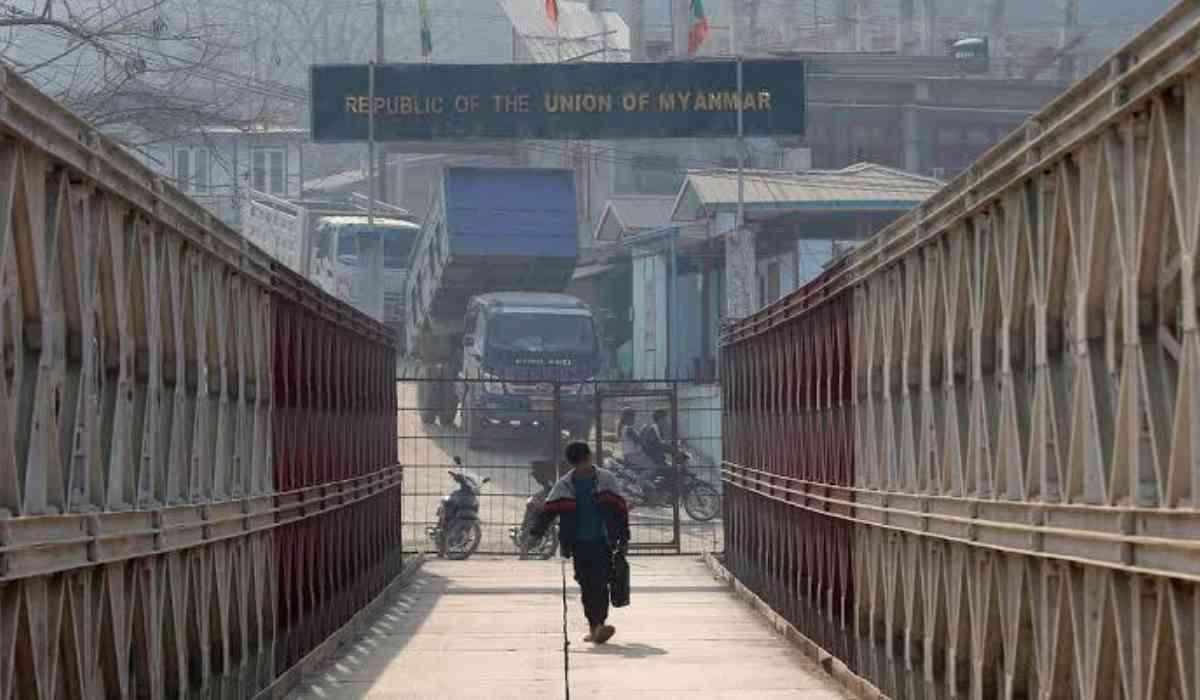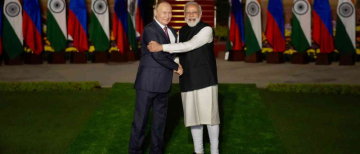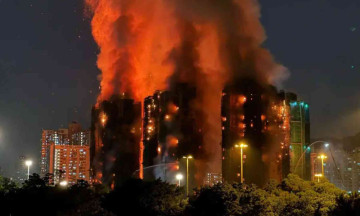On Thursday, India announced the immediate suspension of its decades-old visa-free movement policy, ‘Free Movement Regime’ with Myanmar. The decision, declared by Union Home Minister Amit Shah, comes in the wake of escalating concerns over internal security and demographic stability in India's northeastern region, which shares a border with Myanmar.
Amit Shah on his Social Media account, X, shared “It is Prime Minister Shri Narendra Modi Ji’s resolve to secure our borders. MHA has decided that the FMR between India and Myanmar be scrapped to ensure the internal security of the country and to maintain the demographic structure of India’s North Eastern States bordering Myanmar. Since the Ministry of External Affairs is currently in the process of scrapping it, MHA has recommended the immediate suspension of the FMR.”
What is the Free Movement Regime?
The Free Movement Regime (FMR) allowed individuals belonging to hill tribes, who hold citizenship in either India or Myanmar, and who reside within a 16 km radius of the border on either side, to cross, just with a border pass, typically valid for a year. Basically, a visa-free travel for citizens. Each visit allows for a stay of up to two weeks.
The border between India and Myanmar spans for 1,643 km without any fencing due to close familial and ethnic connections between people on both sides. However, In 1968, a government notification imposed restrictions on free movement within a 40 km zone on both sides of the border, a limit later reduced to 16 km in 2004. The provisions of the FMR were last updated in 2016.
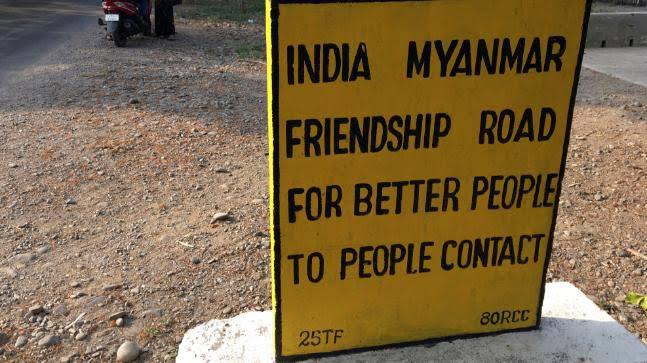
The Ministry of Home Affairs (MHA) reported in its 2011-12 annual report that the Free Movement Regime (FMR) makes the international border highly porous. The rugged terrain provides cover for the activities of several Indian Insurgent Groups (IIGs), exploiting the unfenced border between India and Myanmar regulated by the FMR.
The India-Myanmar border traverses through the states of Arunachal Pradesh (520 km), Nagaland (215 km), Manipur (398 km), and Mizoram (510 km).
Fencing on borders
The Union government initially planned to fence along a 10 km stretch of the border in Moreh, Manipur, in 2010. By 2013-14, during the tenure of the Congress-led United Progressive Alliance (UPA), 4.07 km of fencing had been completed.
According to the Ministry of Home Affairs' (MHA) latest annual report for 2022-23, the current administration under the BJP-led National Democratic Alliance (NDA) has only added less than three km of fencing over a nine-year period, bringing the total completed fencing to 6.81 km. Out of the total 1,643 km, the demarcation of 1,472 km has been accomplished.
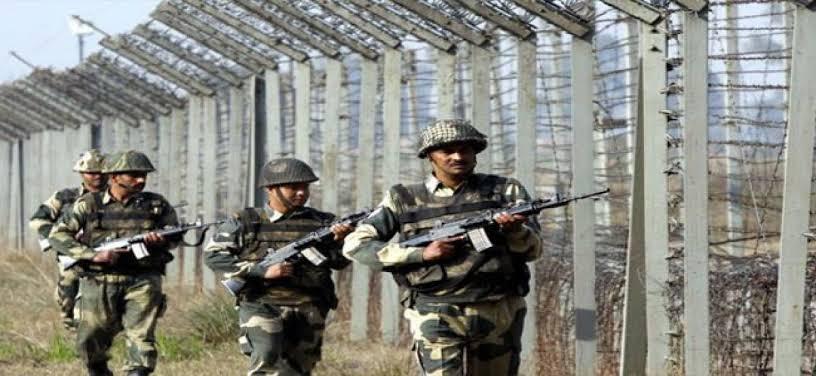
On February 6, Mr. Shah declared plans for the construction of a fence along the entire 1,643-km border with Myanmar. He stated that a 10 km stretch in Moreh, Manipur, has already been fenced.
Additionally, two pilot projects involving the Hybrid Surveillance System (HSS) are underway, with plans to fence a 1 km stretch each in Arunachal Pradesh and Manipur. Furthermore, fence works covering approximately 20 km in Manipur have been approved, and work is expected to commence soon. Last year, a tender for the HSS project estimated the cost at ₹3.2 crore for one km.
Shortcomings of FMR
Unlike other international borders such as Bangladesh and Pakistan, where border check posts are manned by Bureau of Immigration officials under the Ministry of Home Affairs (MHA), the FMR lacks a standardised document or recognized border pass acknowledged by both India and Myanmar.
Although Assam Rifles, a central force, is deployed along the Myanmar border, the responsibility for implementing the FMR through border passes falls upon state government officials. This decentralized approach has contributed to inconsistencies in enforcement and oversight.
Free Movement Regime (FMR) permits two visits per week, but there is no mechanism in place to verify when individuals have entered. Consequently, if someone is apprehended along the border, they often claim to have entered recently, making enforcement challenging.
Additionally, there are cases of individuals residing in Myanmar but working in India during the day, exploiting the porous nature of the border.
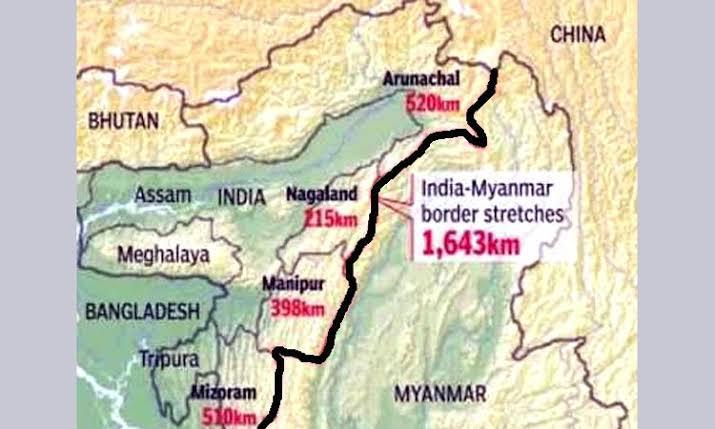
The unique terrain along the border, where in some areas, one part of a house falls within Myanmar territory while the other part falls within India. This geographical peculiarity adds complexity to border management and enforcement effortsDuring a meeting with Amit Shah in Delhi on February 3, Manipur Chief Minister N. Biren Singh blamed the Free Movement Regime (FMR) for ongoing ethnic violence between the tribal Kuki-Zo and Meitei communities in the state, one of its ties to Myanmar's Chin tribe.
The tribal Zo people are prevalent in Manipur, Mizoram, parts of Assam and Nagaland, and neighboring areas of Bangladesh and Myanmar. Similarly, Nagas reside in Nagaland, Manipur, Arunachal Pradesh, Assam, and adjoining parts of Myanmar, creating complex ethnic and tribal dynamics that challenge regional peace and stability.
Military Coup in Myanmar, Concerns in New Delhi
In the aftermath of the coup, a significant number of civilians and hundreds of soldiers have fled to Indian states where border communities share ethnic and familial ties. This migration has sparked concerns in New Delhi regarding the potential escalation of communal tensions within India.
Myanmar's military rulers have recently extended a state of emergency initiated since the coup, as they confront a violent rebellion against their authority.
On Tuesday, India issued an advisory urging its citizens in Myanmar's border Rakhine state to evacuate immediately due to deteriorating security conditions, disruptions in telecommunications, including landlines, and severe shortages of essential goods.
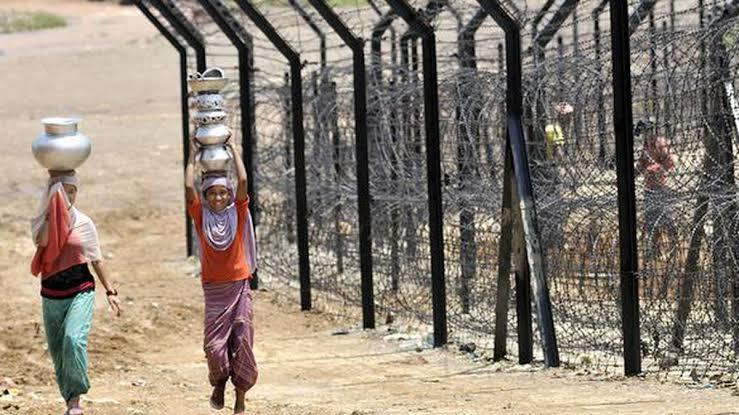
Since October, over 700 Myanmar troops have sought refuge in India, while rebels have seized control of a town near the border, prompting thousands to flee the violence into Indian territory.
The prolonged state of emergency in Myanmar, coupled with a persistent pro-democracy rebellion against the military junta, has intensified security challenges along the border.
Randhir Jaiswal, Indian foreign ministry spokesperson, addressed the seriousness of the border situation during a weekly press briefing. An anonymous government official noted that India would have to officially inform Myanmar about its decision to end the movement policy, although the suspension could be implemented immediately.
©️ Copyright 2024. All Rights Reserved Powered by Vygr Media.

